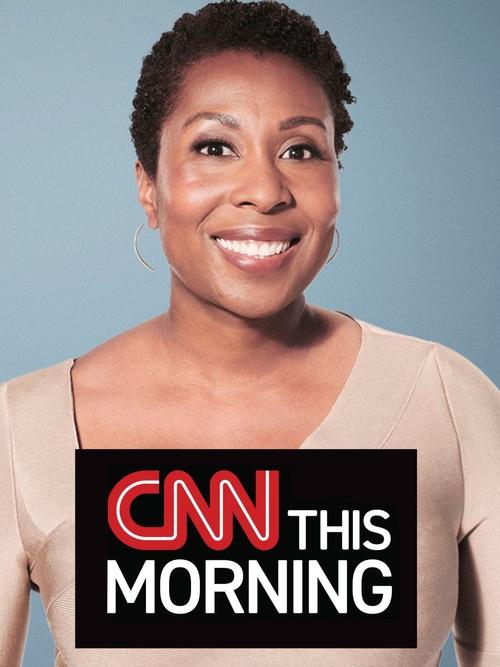
Ask Your Own Question
What is the plot?
The episode "The Behavior Panel," Season 9, Episode 4 of Takedown with Chris Hansen (2024), begins with Chris Hansen introducing the premise: he will sit down with The Behavior Panel, a group of experts specializing in analyzing body language and behavioral cues, to dissect the nonverbal signals exhibited by predators caught in recent sting operations.
The first sequence shows Chris Hansen welcoming the panel members--Mark Bowden, Greg Hartley, Chase Hughes, and Scott Rouse--into the studio. Chris sets the stage by explaining that understanding the subtle behaviors of predators can help law enforcement and the public better identify suspicious conduct. The panelists agree and prepare to review footage and case studies from prior episodes.
Next, the episode transitions to a detailed breakdown of video clips from recent sting operations. The panel watches several interactions between Chris Hansen and alleged predators. Each clip is paused at critical moments to highlight specific body language indicators such as microexpressions, eye movements, posture shifts, and hand gestures. For example, one clip shows a suspect exhibiting signs of nervousness through rapid blinking and fidgeting, which the panel interprets as attempts to conceal guilt.
Following this, the panel discusses the psychological underpinnings of these behaviors. Mark Bowden explains how predators often display a mix of overconfidence and anxiety, which can manifest in contradictory body language. Greg Hartley points out that some suspects use charm and controlled facial expressions to mask their true intentions, making behavioral analysis crucial.
The episode then moves to a live demonstration segment where Chris Hansen interacts with a volunteer actor simulating a predator's behavior. The panel observes and provides real-time commentary on the actor's nonverbal cues, such as forced smiles and inconsistent eye contact, illustrating how these signs can be red flags in real investigations.
After the demonstration, the panel reviews a particularly complex case where the suspect's behavior was ambiguous. They analyze moments of hesitation, verbal slips, and subtle facial twitches, concluding that these mixed signals often reflect internal conflict or attempts to manipulate the situation.
In the final sequence, Chris Hansen and the panel summarize key takeaways about predator behavior, emphasizing the importance of combining behavioral analysis with traditional investigative techniques. The episode closes with Chris thanking the panel for their insights and encouraging viewers to stay vigilant and informed.
Throughout the episode, no sting operation or confrontation occurs directly; instead, the focus remains on expert analysis and education about predator behavior patterns. The episode ends with a preview of the next episode, which returns to field operations involving direct confrontations with suspects.
What is the ending?
The ending of "Takedown with Chris Hansen," Season 9, Episode 4, titled "The Behavior Panel," concludes with Chris Hansen sitting down with The Behavior Panel experts to analyze and break down the body language and behavioral cues of predators featured in recent investigations. There is no direct confrontation or arrest scene in this episode; instead, it ends with a detailed discussion and analysis aimed at educating viewers on how to recognize predatory behavior.
Expanded narrative of the ending scene by scene:
The episode culminates in a focused, sit-down segment where Chris Hansen is joined by members of The Behavior Panel, including experts like Mark Bowden, Greg Hartley, and Chase Hughes. This panel is known for their expertise in reading body language and behavioral patterns, especially in the context of criminal investigations.
The scene opens with Chris introducing the panel and setting the stage for a deep dive into the behavioral analysis of several men caught in Hansen's recent sting operations. The panelists review video clips and footage from these encounters, pausing to highlight specific nonverbal cues such as microexpressions, posture shifts, and eye movements that indicate deception, nervousness, or predatory intent.
Each panelist takes turns explaining what these behaviors reveal about the mindset and intentions of the individuals involved. For example, they point out signs of discomfort when confronted, attempts to mask guilt, or subtle signals of manipulation. The discussion is detailed and technical, with the experts breaking down complex psychological and physiological responses into understandable terms.
Throughout this segment, Chris Hansen listens attentively, occasionally asking clarifying questions to deepen the analysis. The tone is educational and serious, emphasizing the importance of understanding these behaviors to better identify and prevent predatory actions.
The episode closes with Chris summarizing the key takeaways from the panel's insights, reinforcing the message that recognizing these behavioral signs can be crucial in protecting children and holding predators accountable. There is no dramatic arrest or confrontation at the end of this episode; instead, it serves as a reflective and instructive conclusion to the ongoing efforts depicted in the series.
Regarding the fate of the main characters in this episode, since it is primarily an analytical and discussion-based episode without direct sting operations or confrontations, no new arrests or legal outcomes are presented. The focus remains on educating the audience through expert analysis rather than advancing individual character storylines or outcomes.
This episode highlights the psychological and behavioral aspects of predator identification, aiming to equip viewers with knowledge rather than showcasing the immediate consequences for suspects.





















